In societies where modern conditions of production prevail, all of life presents itself as an immense accumulation of spectacles. Everything that was directly lived has moved away into a representation.
Guy Debord, The Society of the Spectacle (1967)
So… I am in Shanghai these days. I often want to cry because of the speed of demolition everywhere I go and because of the difficulty to find abandoned places in this city… Except for today! Yes, today, I visited the former site of the World Expo held in 2010, and people, it is worth writing several reports about this place! I am also happy that I found a site as interesting as Brin’s latest discovery, the amazing Olympic volleyball court in Beijing.
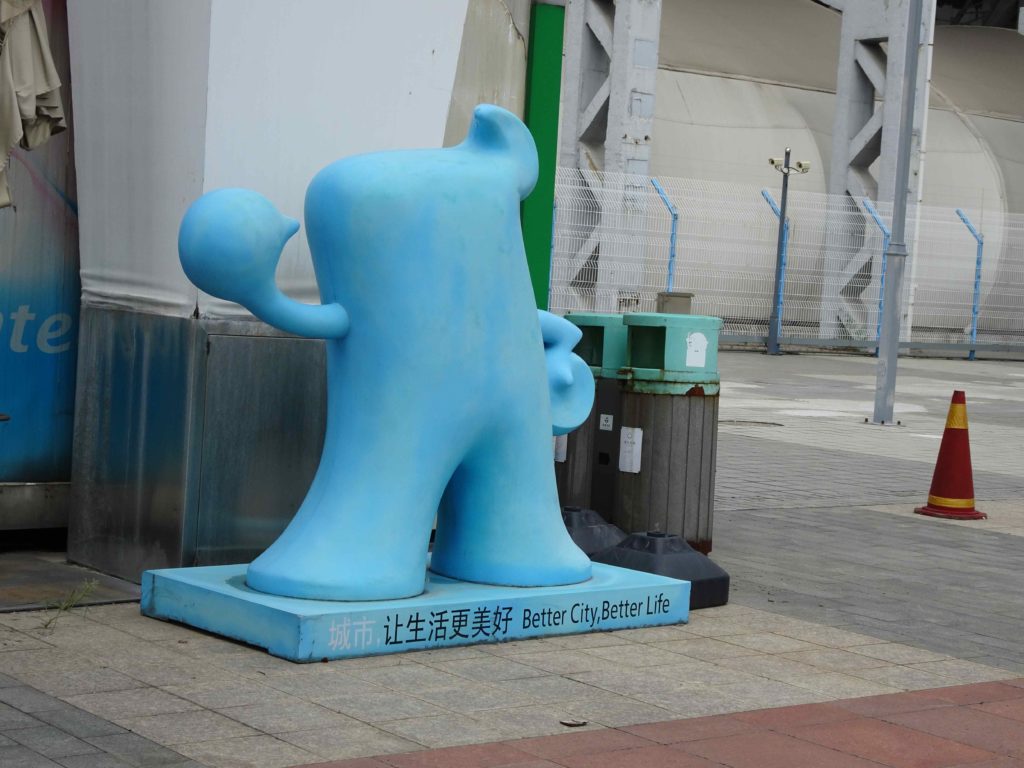
Just to tell you a little more about the Shanghai World Expo 2010 which took place from May 1. 2010 until. October 31. 2010, it was located on both banks of the Huangpu river and covered an area of more than 5 km² (and that kind of large surface was not empty at the time, so you can imagine the process of demolition-relocation that it implied).

The budget of the Expo (around 30 billion yuans) was higher than the one of the 2008 Olympics in Beijing. It had 73 million visitors in total, so was considered a success… But what about the legacy? Throughout history, each World Fair brought its own vision of city planning and architectural innovation, as you can see for instance here for a brief historical summary. But in recent decades, the « World Expo type » of mega-event is a product of neoliberal governmentality, resulting in a segregated space designed for capital accumulation and « bling-bling » architecture more than designed to spread deeper ideas on urban planning. What was the Shanghai World Expo’s main discourse? It was precisely about sustainable urban development…

Well, it is a bit problematic to discover, in 2016, that, apart from the redeveloped area of the very famous (and very expensive) China Pavilion, which was turned into an art museum, on the other side of the Huangpu river (even if there were some interesting operations like UPBA there too), many pavilions are still waiting to be re-used (not to mention the ones that were demolished right away), and are falling into disrepair…
The paradox of an abandoned site planned for a mega-event precisely about urban sustainability
So it is very ironic because everything in the site is a reference to sustainable city planning and most buildings are precisely waiting to be demolished…
The official slogan of the event, which is still present on the site, is quite interesting.

The English version is « Better city, better life », which suggests that if a city environment improves, then the lives of people can also be better. However, the Chinese version of the slogan is « 城市,让生活更美好 », which, on the contrary, means that « the city in itself improves the life of people ». In other words, it shows that in China, it was the urbanization process that was a goal and not so much what type of urbanization…
In the case of the World Expo, the event generated a lot of waste… As a very good illustration of this issue, the remains of the World Expo Museum, which was located in the Cisco Pavilion, are full of interesting paradoxes…


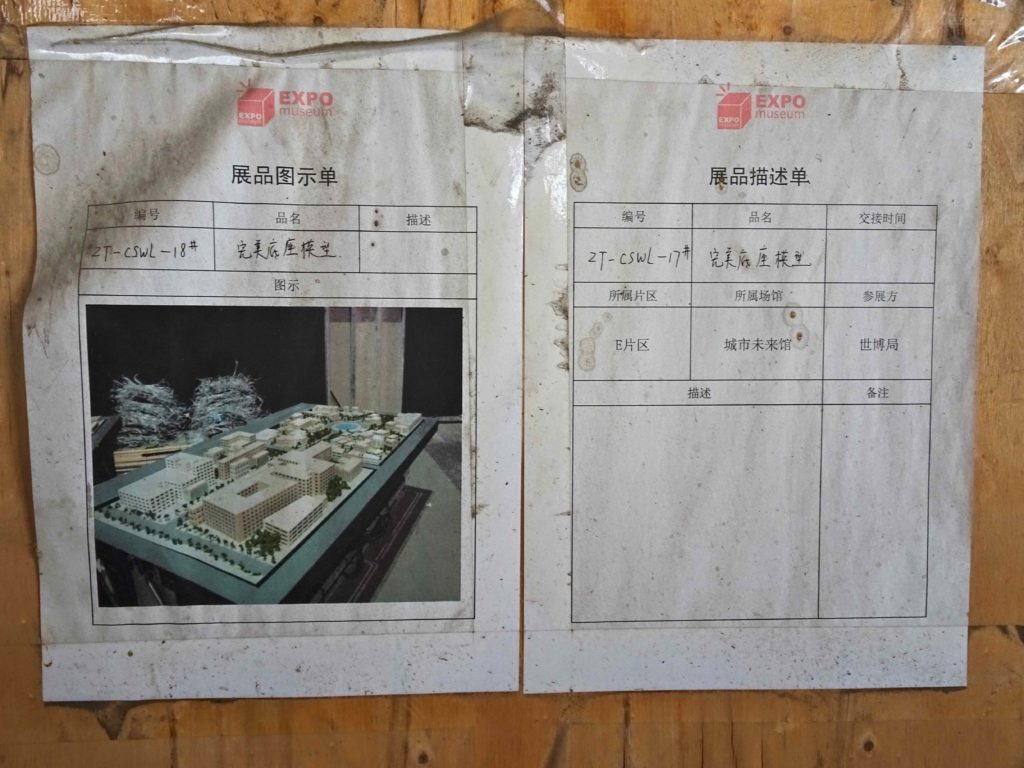
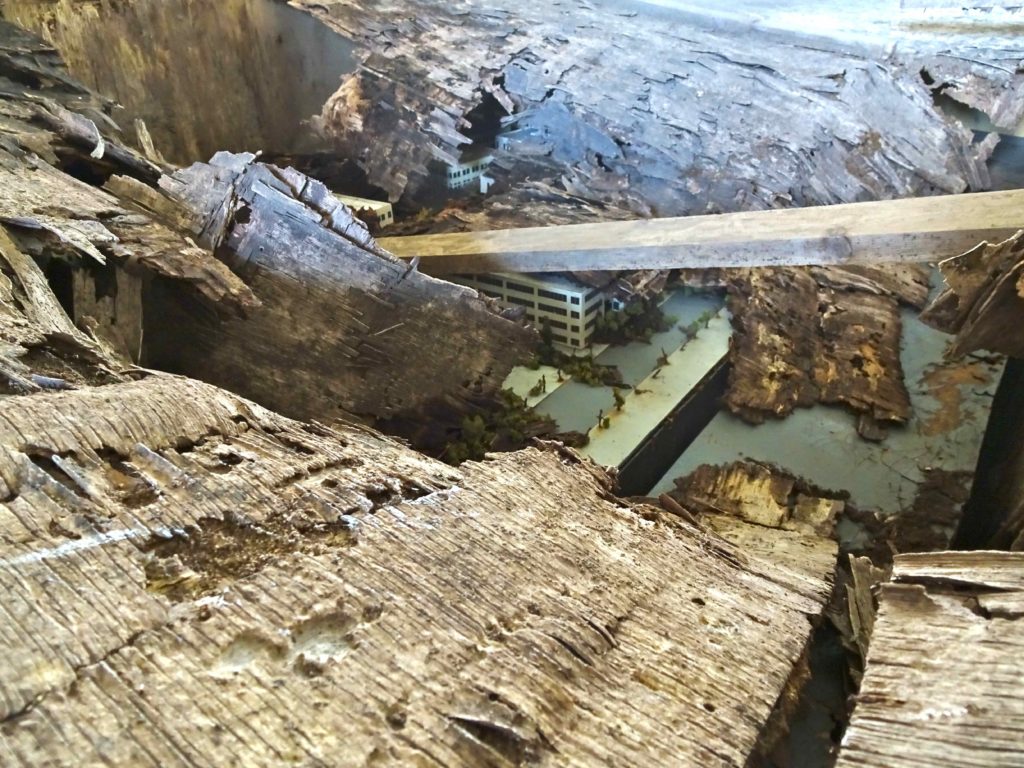
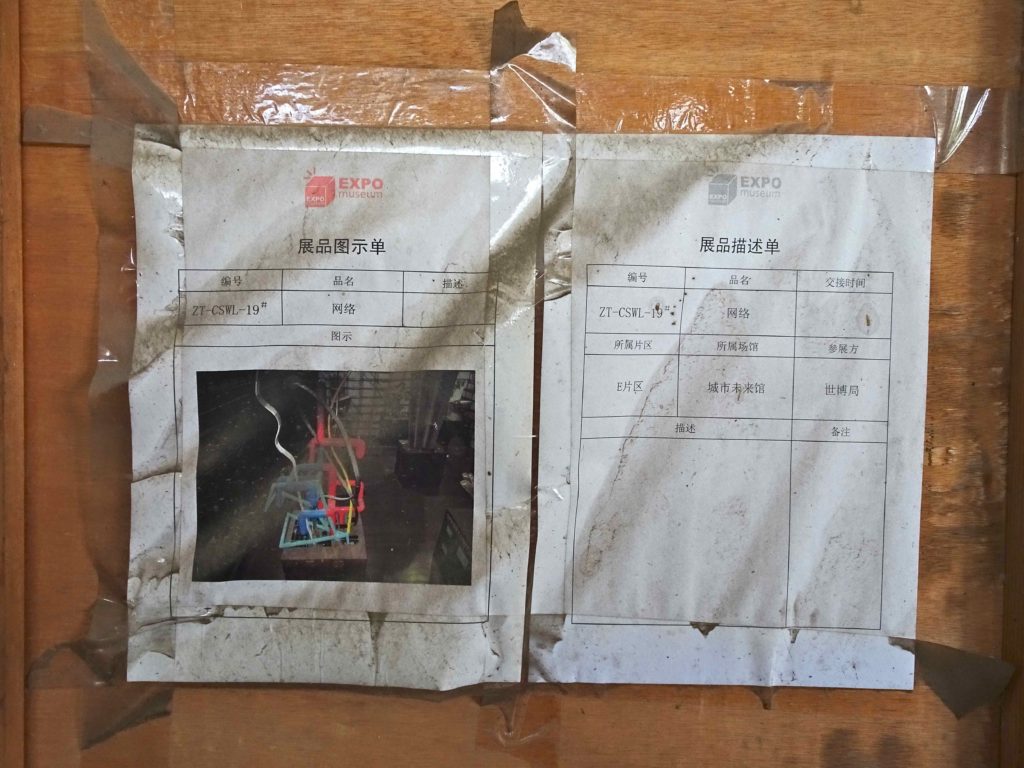
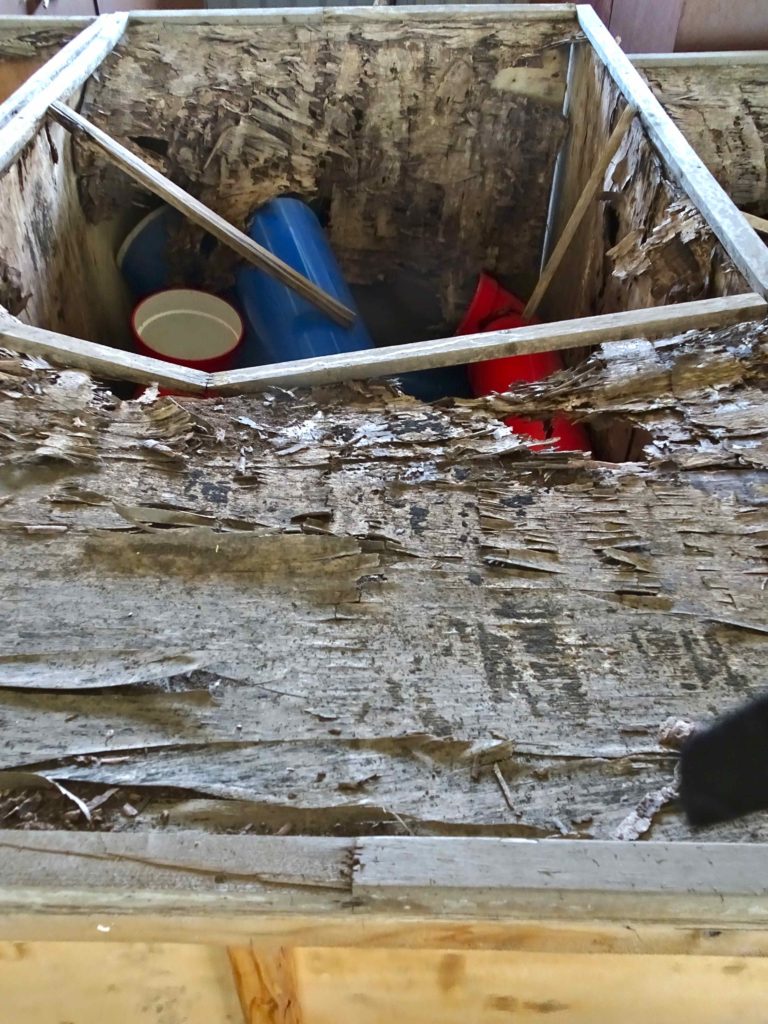
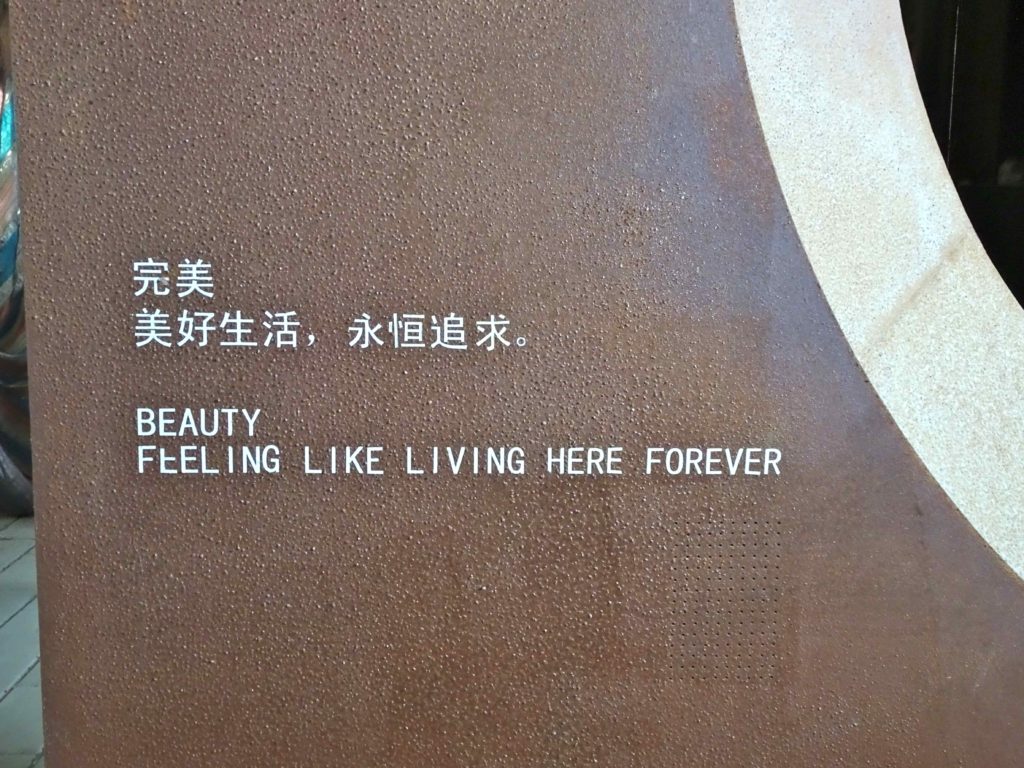
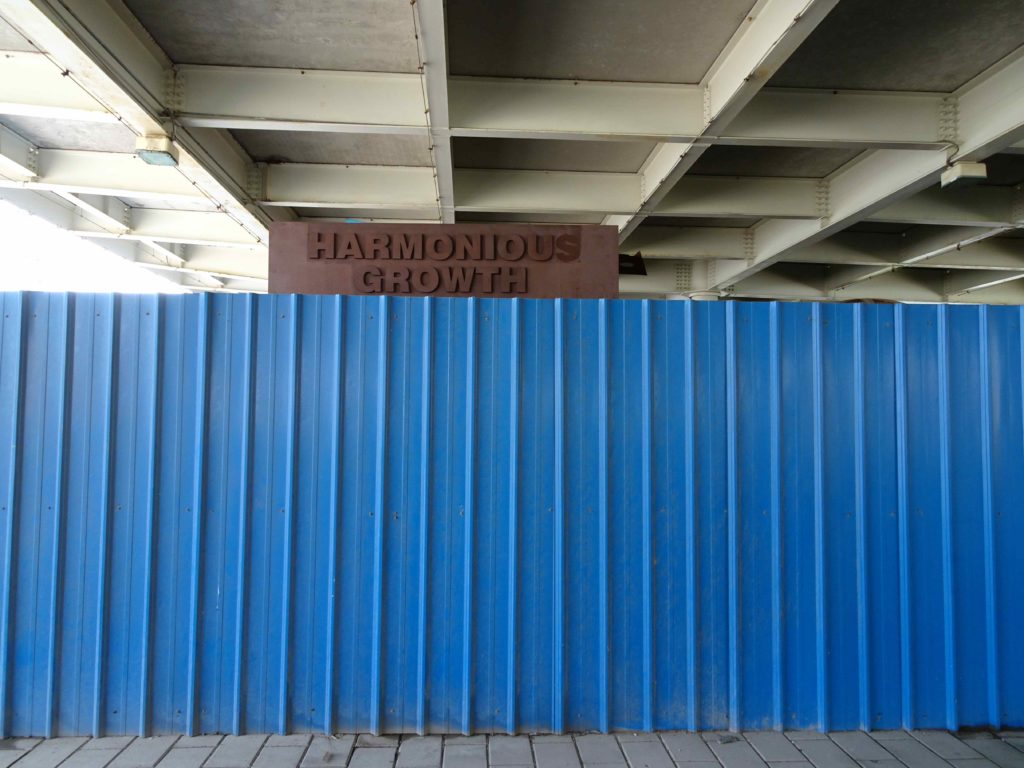
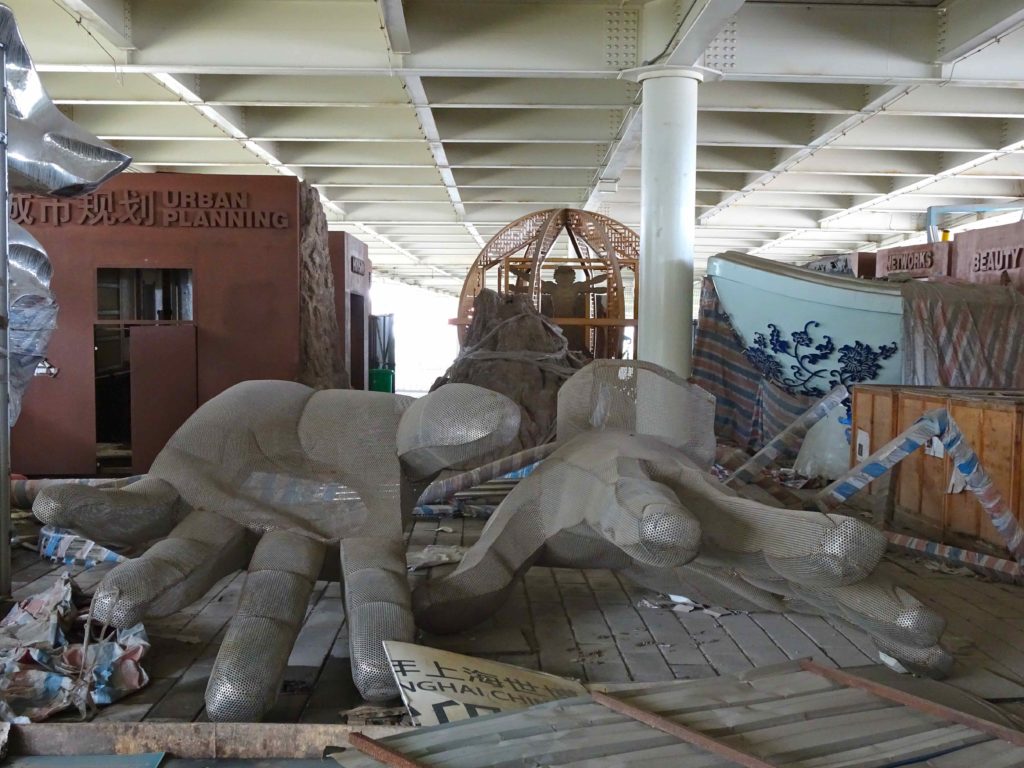
Visiting the derelict World Expo site in Shanghai: experiencing the process of urban decay
The first striking element in the place is the size of the equipment that was adapted for massive visits. But nowadays, they are huge empty stairways and paths that look very damaged…
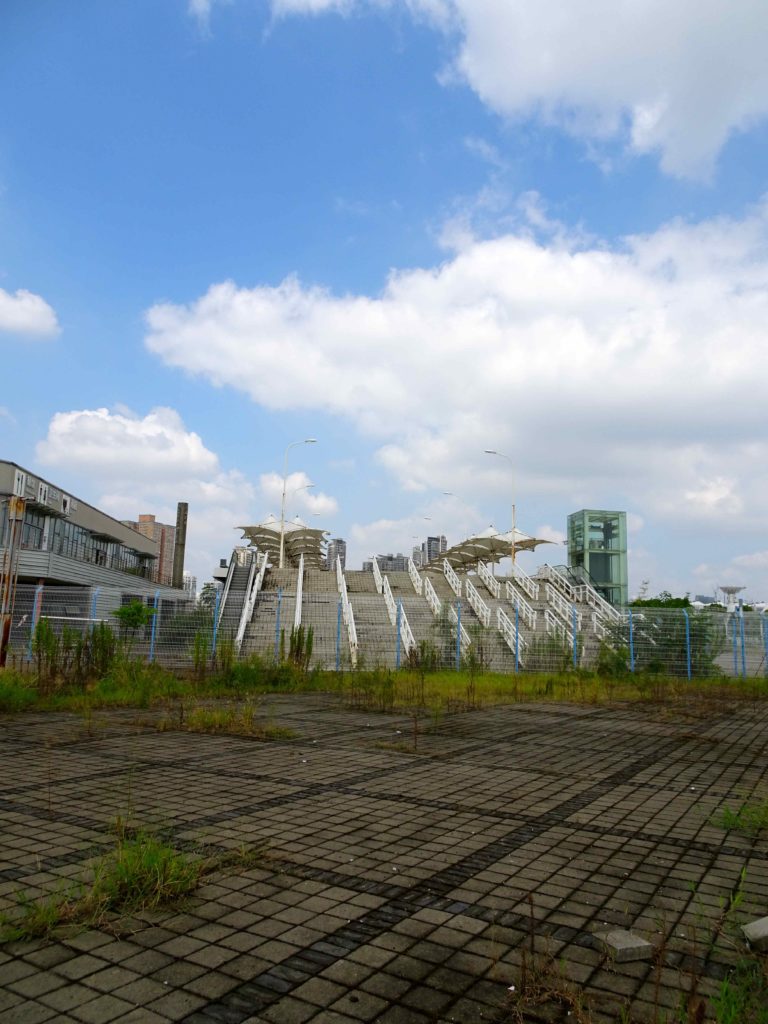



The first abandoned pavilion (apart from the Cisco one, impossible to get inside because of the guards) was the China Oil Pavilion, with a very interesting metal architecture.
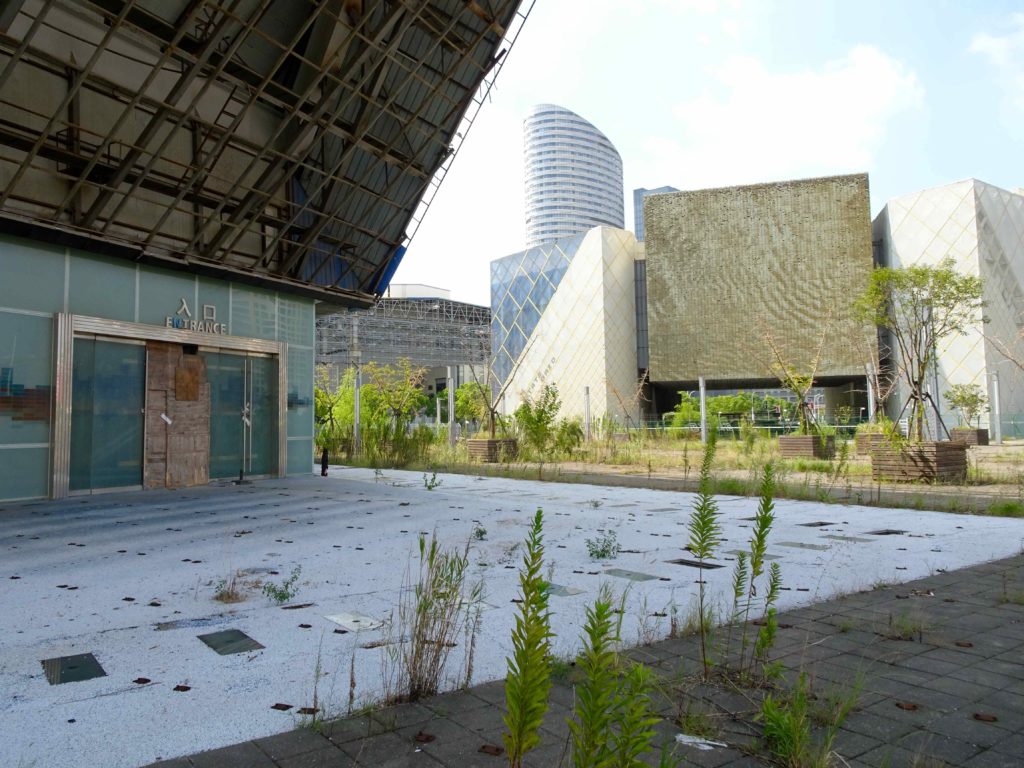
On the back of the picture, you can see the State Grid Pavilion, also empty (but super well guarded) with a very nice facade made out of mosaic tiles that oscillate along with the wind and create a constantly animated image just like a TV screen… Impressive. My only question is, why aren’t there more buildings like this one?

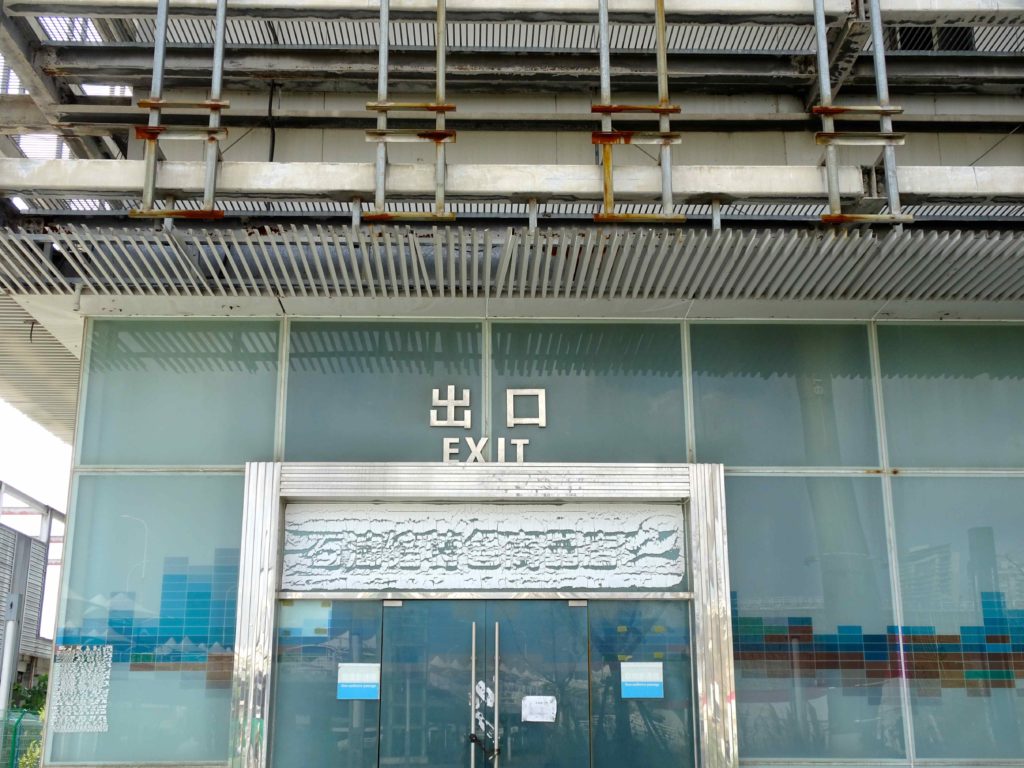
Not far from there, there is the Coca Cola Pavilion, not so red anymore, which is now a place for stocking police cars…

A little further, one gets to visit the Shanghai Corporate Pavilion, which is in a very very bad state, especially for its the outdoor parts.
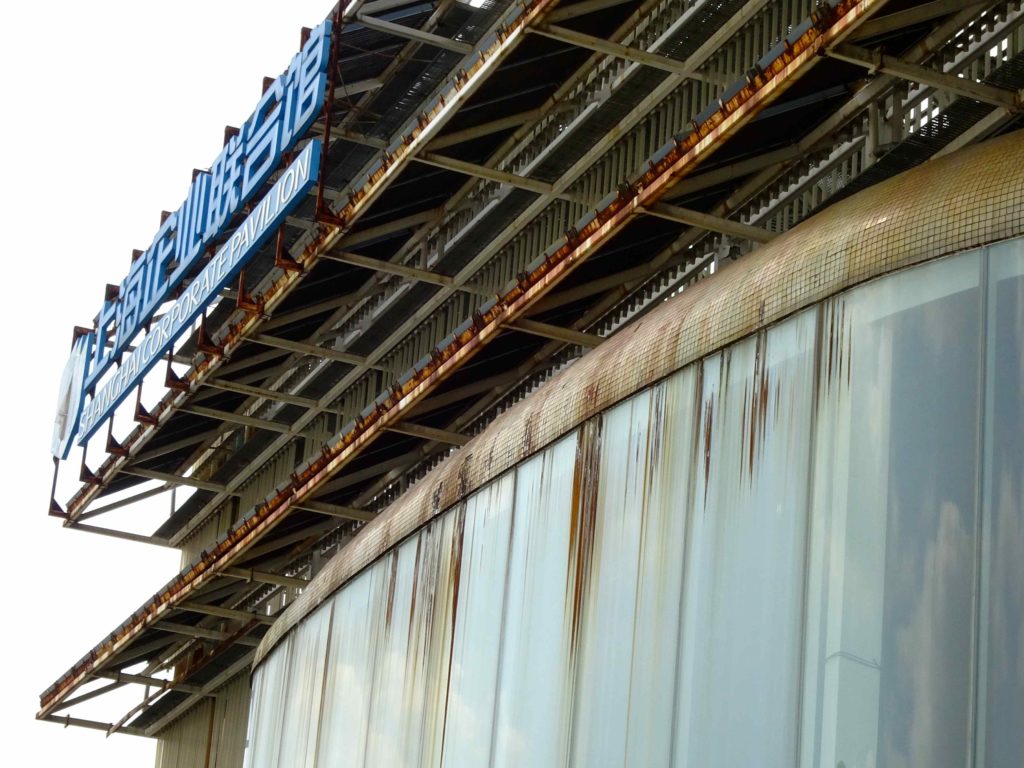
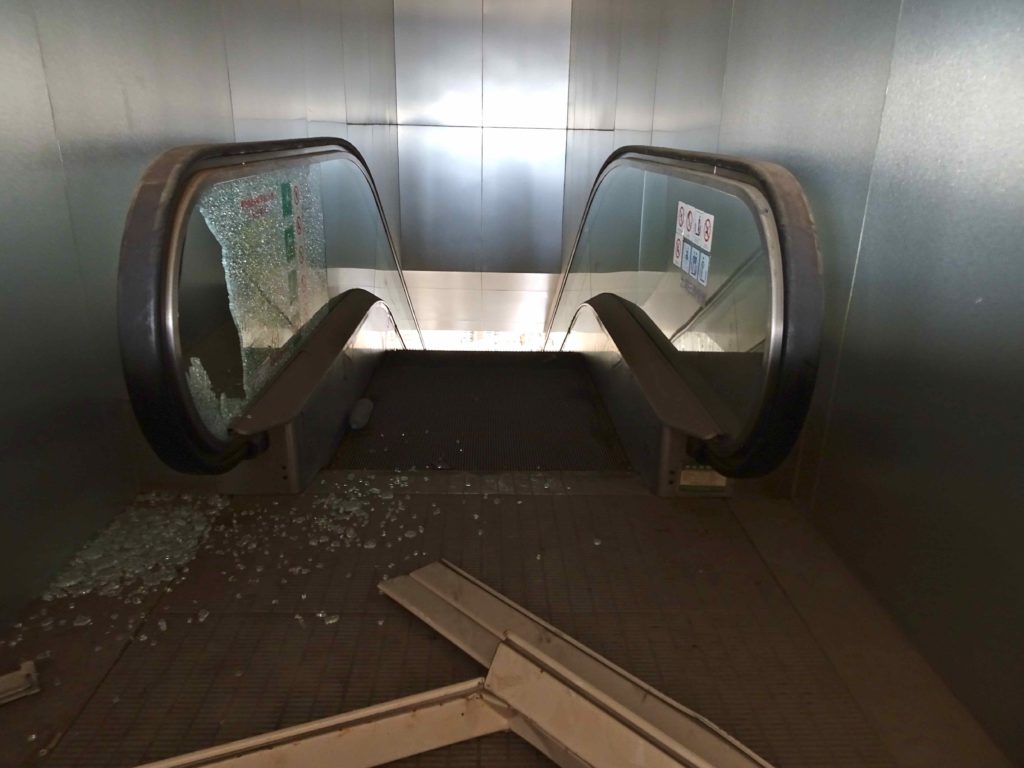
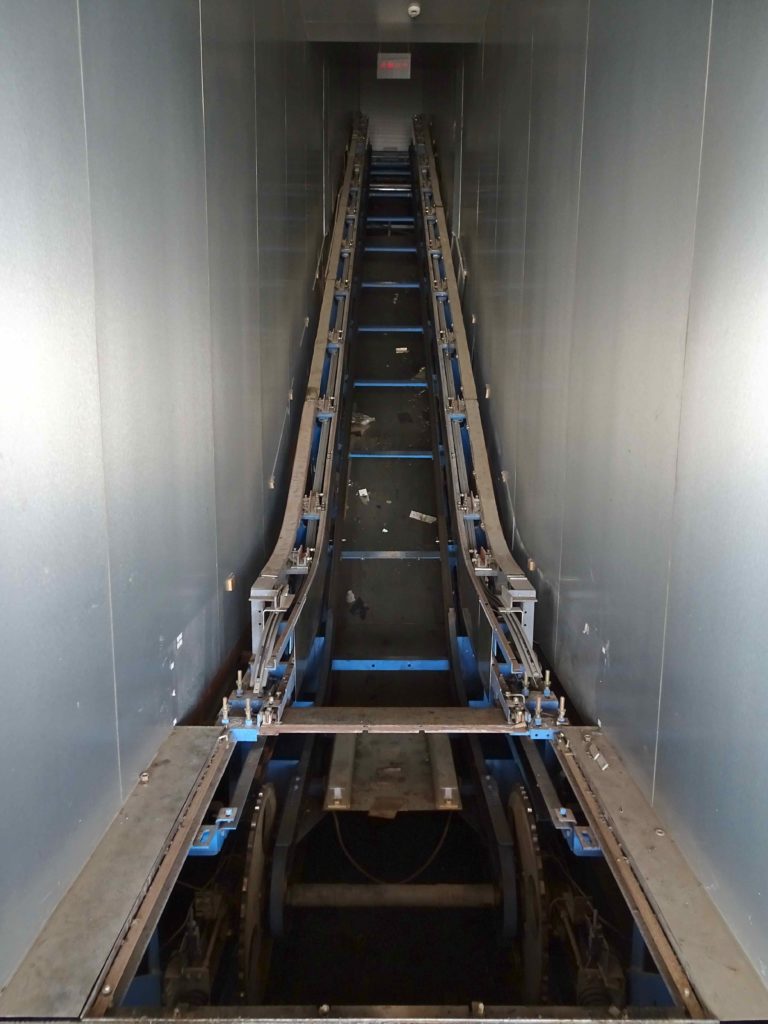
At this level, there is an abandoned dark room shaped like a dome that could have been a place to show films. Outside of that room, the courtyard has metal catwalks that are extremely dangerous, as they are eaten away by rust…

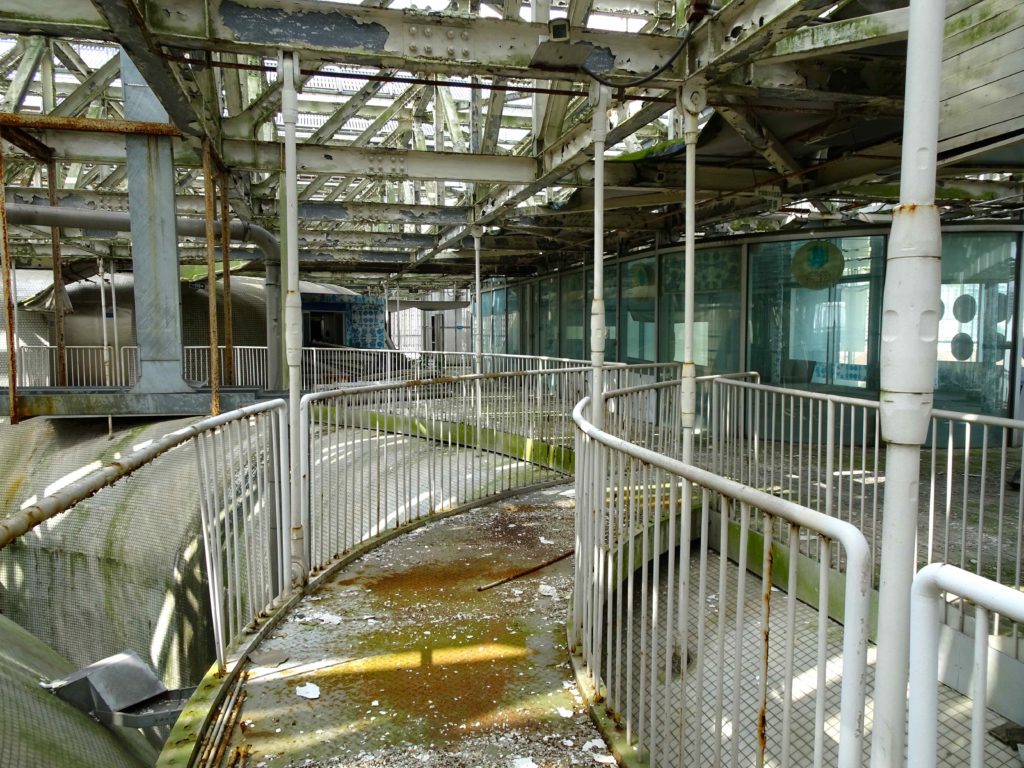
But the views are quite interesting because of that combination betweend metal, rain and paint…
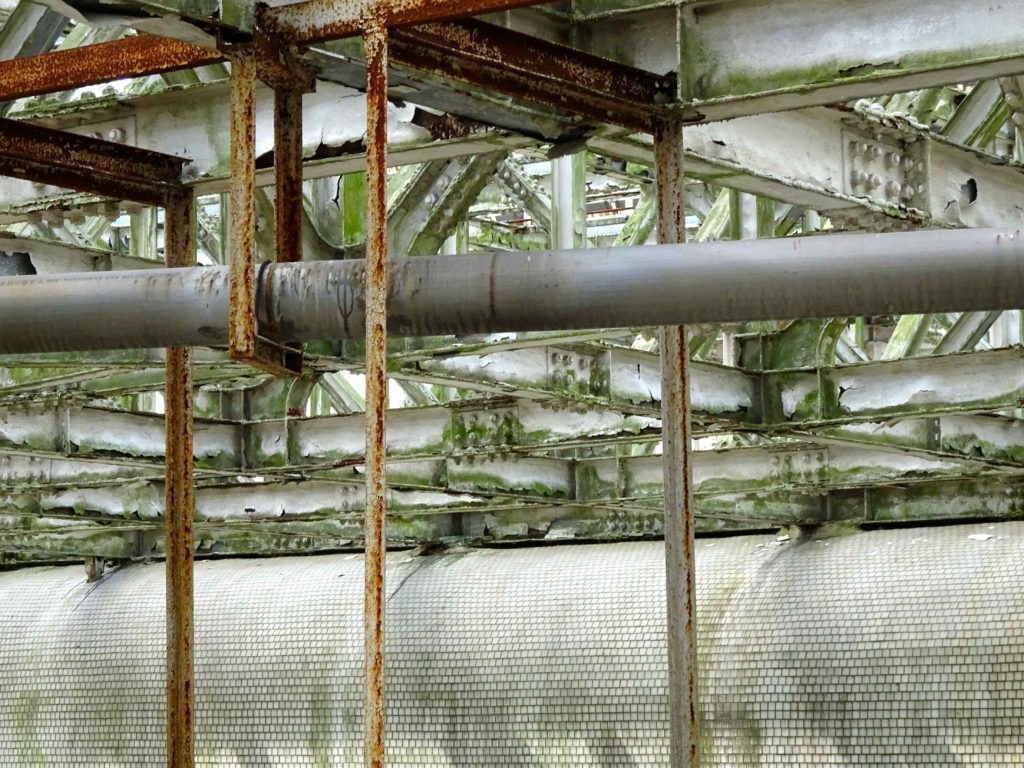


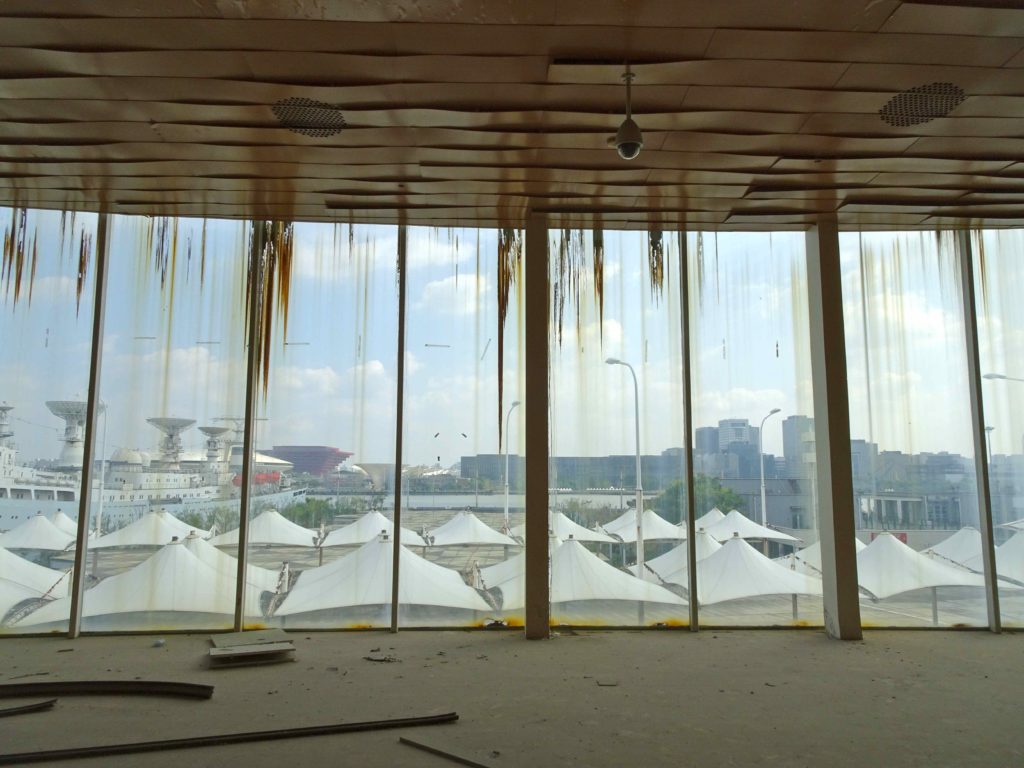
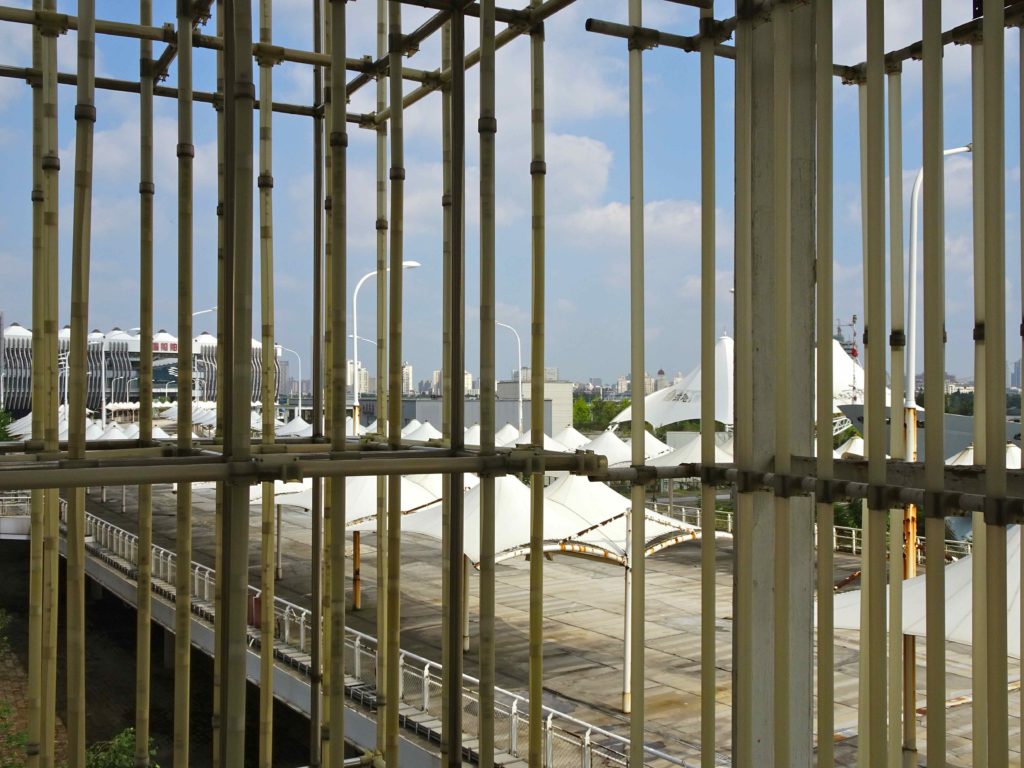
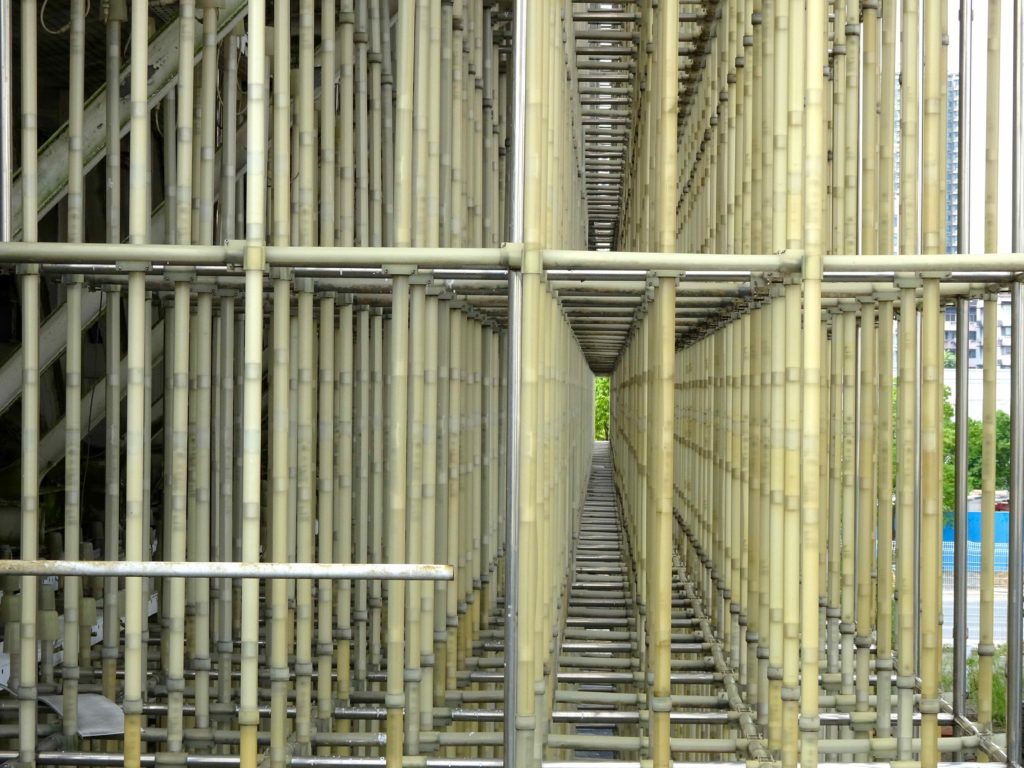
Then, there was the China Railway Pavilion, not interesting at all and a very dangerous place because the facade is falling apart.

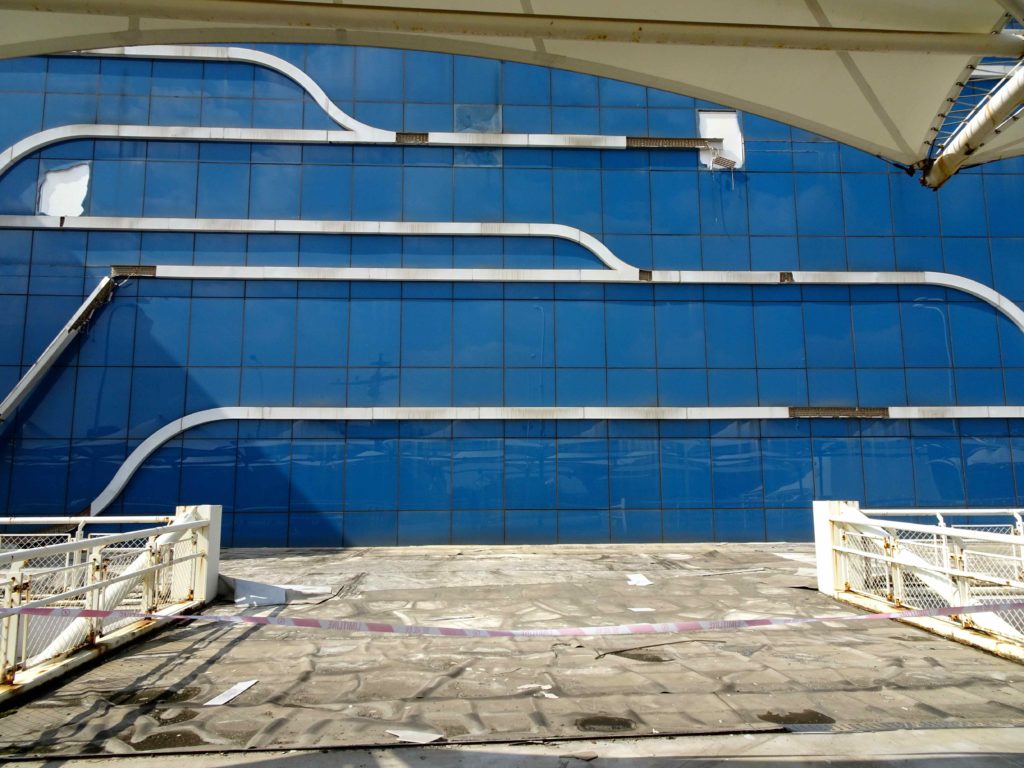


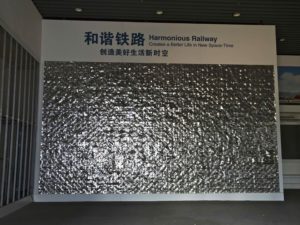
Under the elevated pathway, one can find an old ship…
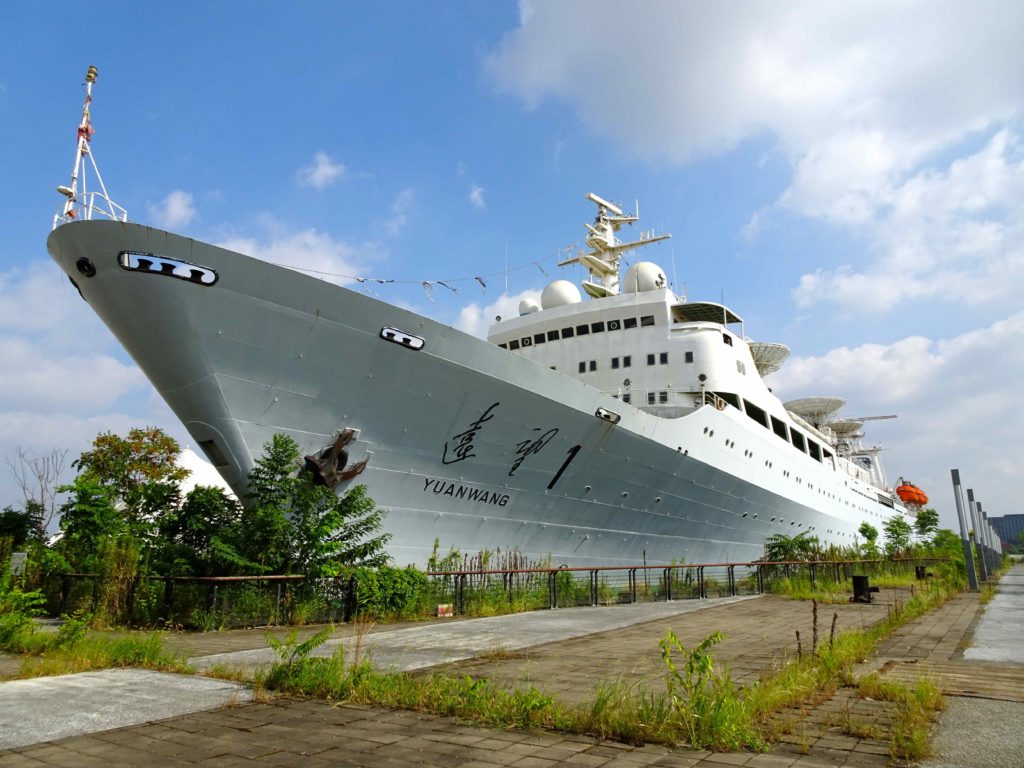
There is also an overgrown « green land square ». I am not sure that was the meaning of the label « green »…
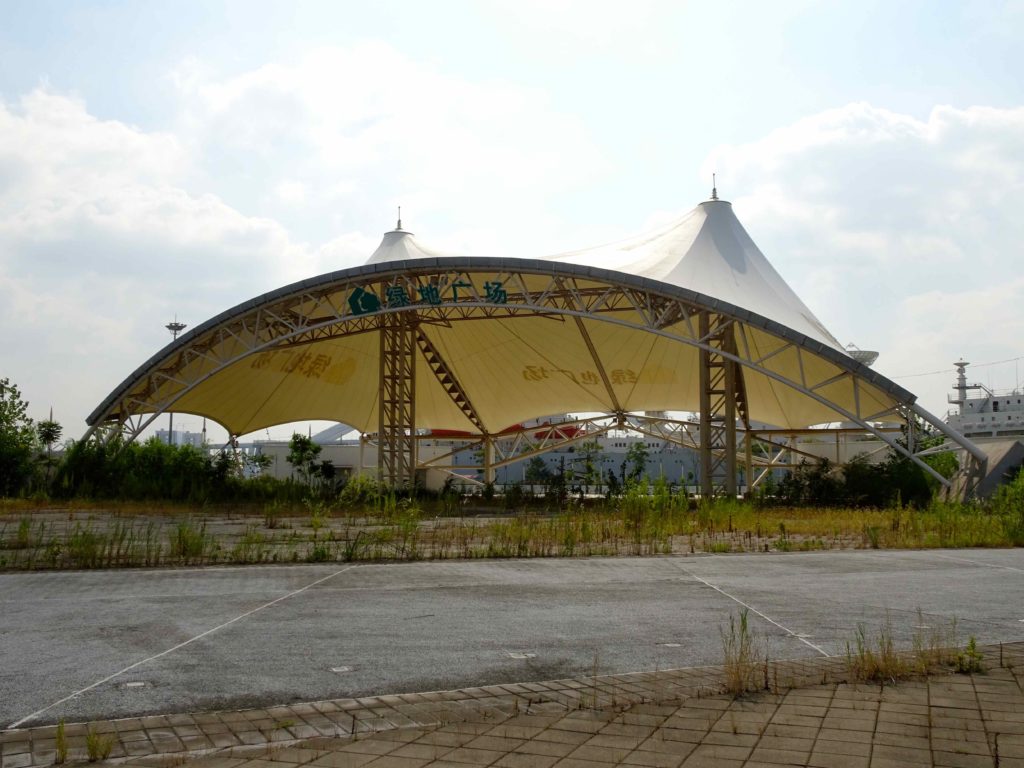
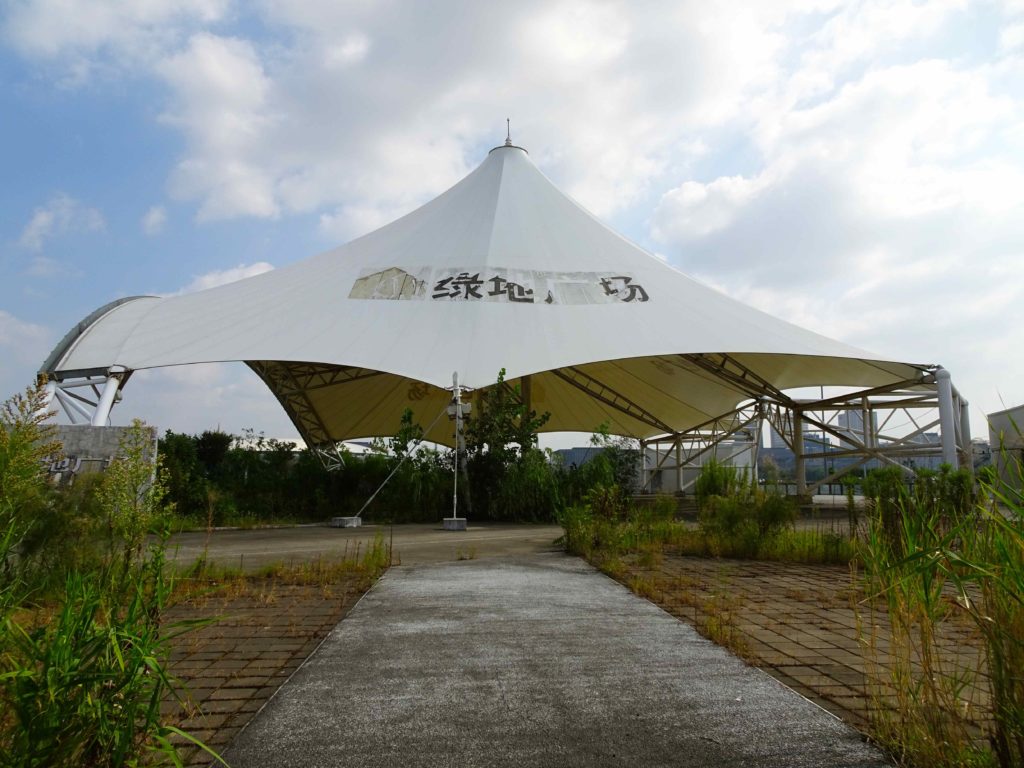
In general, many clues about the organization of the space are still present, like former restaurants, signs, etc.
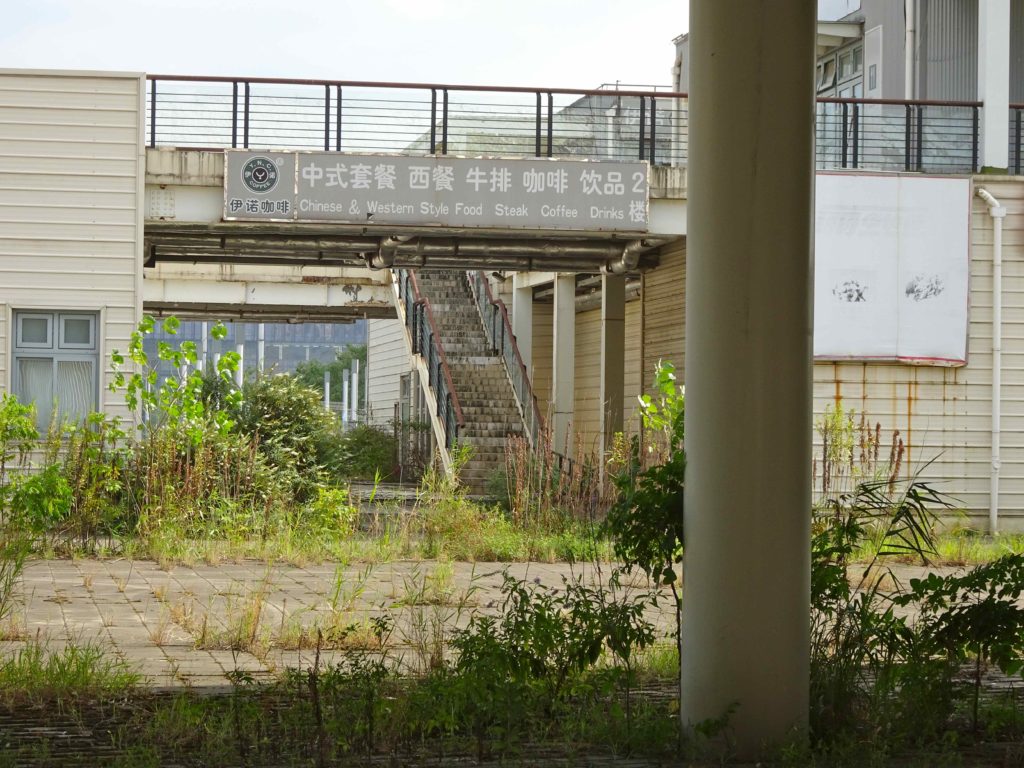
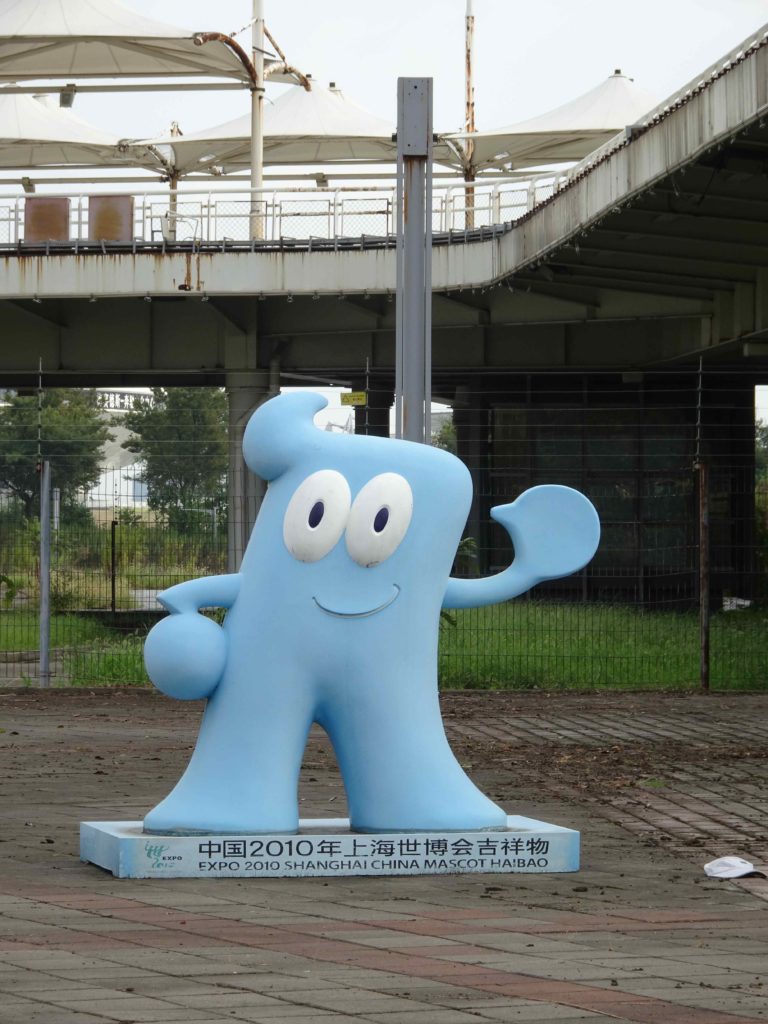
There is still a lot to explore, you can wait for my next reports because I will clearly go back there many times. The construction of a road along the river should start next year so many buildings might be cleared out soon…
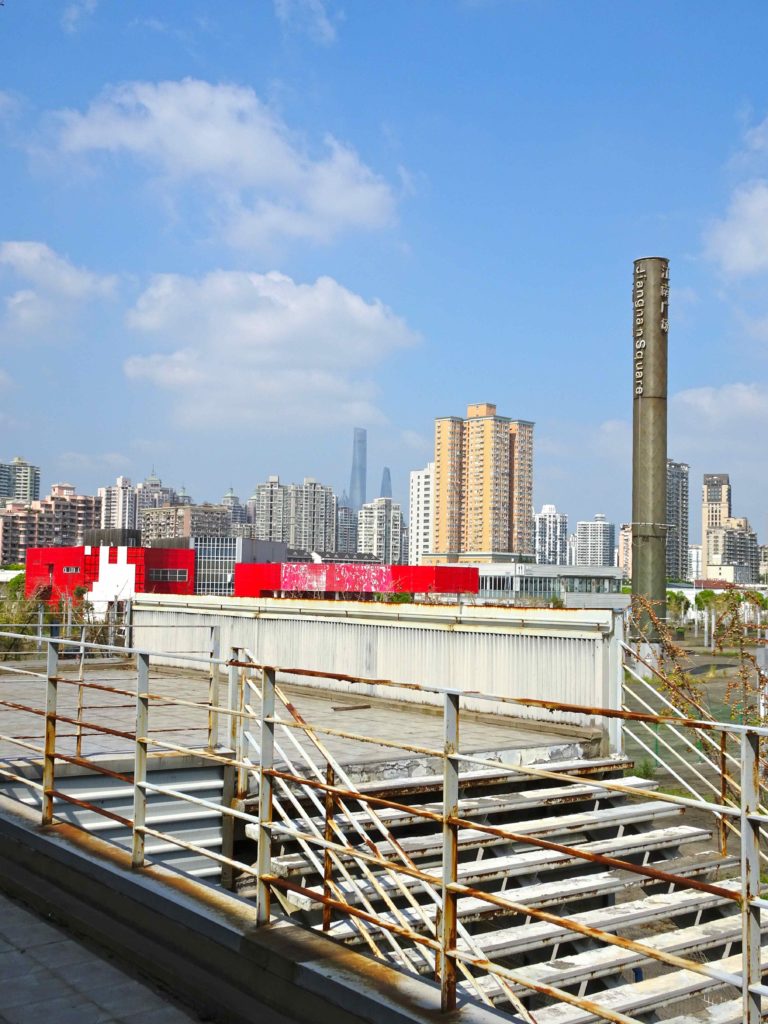
If you like other crazy projects that remained abandoned, don’t hesitate to read my reports about Datong’s unfinished and abandoned buildings here and here, they were planned by world-famous architects but never got achieved.
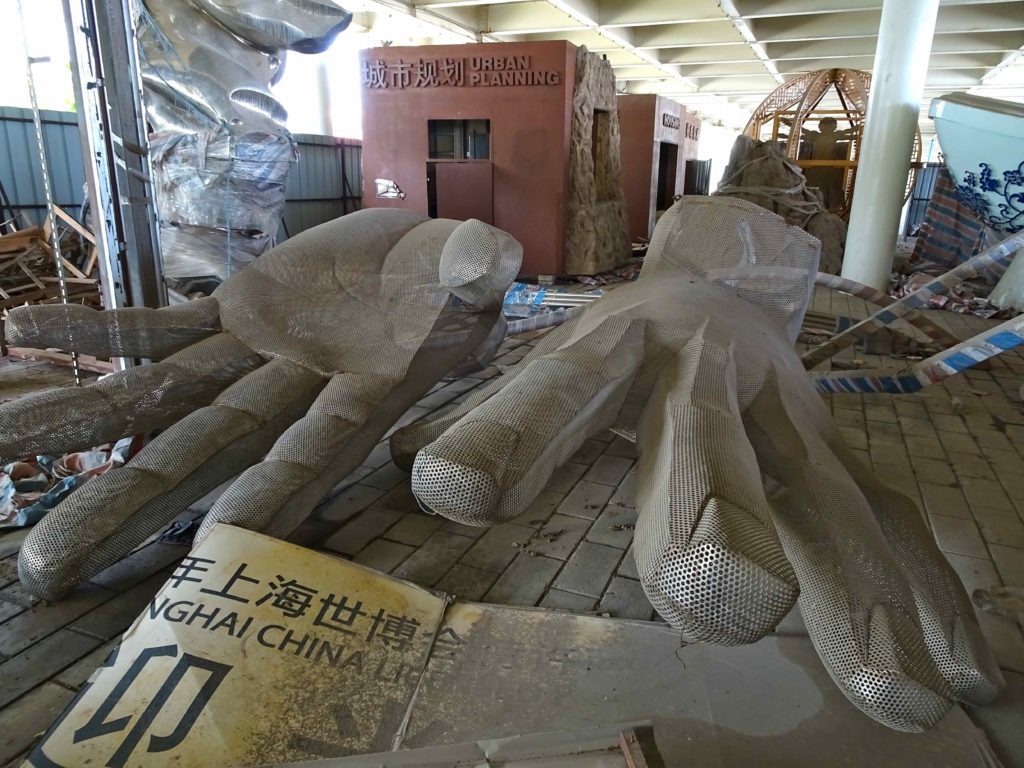
Cool!
It is okay to go inside the abandoned expo? thanks 🙂
Thank you for your message. I’m sorry, I can’t reveal anything about the access to the sites I write about. I hope you understand. You’ll have to find out on your own, but it’s part of the fun of urban exploration anyway, don’t you think?